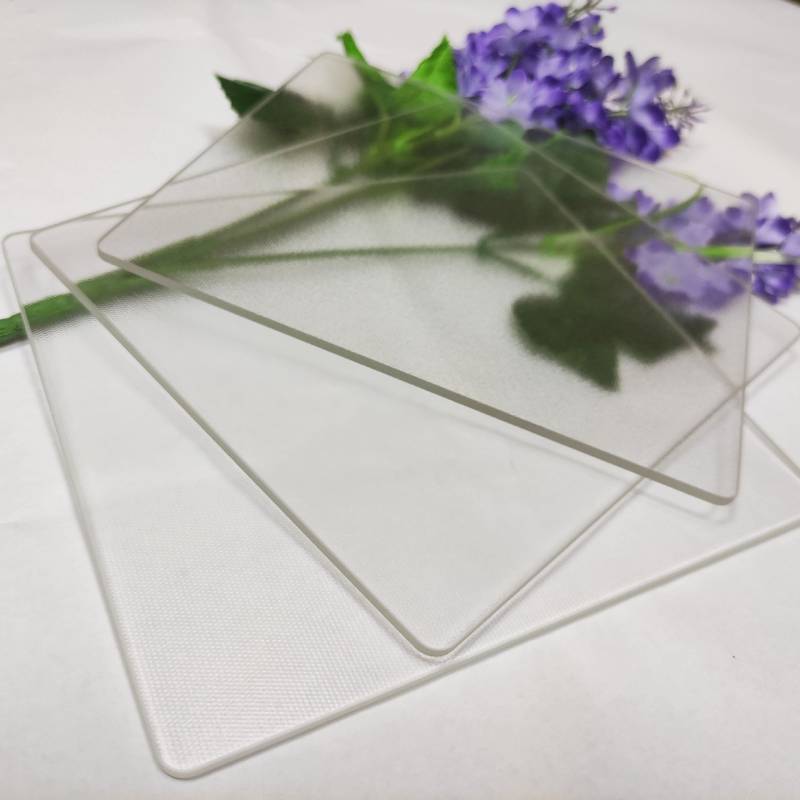Understanding Clear Glass Specifications
Clear glass is a versatile material widely used in construction, architecture, and various industrial applications. Its clarity and luminosity make it a preferred choice for windows, glass facades, and interior design elements. To ensure the proper selection and application of clear glass, understanding its specifications is crucial.
1. Composition and Types of Clear Glass
Clear glass primarily consists of silica sand, soda ash, and limestone, which are melted together to form a glass that is transparent and free from color. There are several types of clear glass, including
- Float Glass This is the most common type of clear glass, manufactured by floating molten glass on top of molten tin. The result is a smooth, uniform, and flat surface, perfect for windows and glass furniture.
- Laminated Glass Composed of two or more layers of glass bonded with an interlayer, laminated clear glass offers enhanced safety and security. It is resistant to shattering, which makes it ideal for places prone to high traffic or impact.
- Tempered Glass This type of glass is treated with heat to increase its strength and thermal resistance. Tempered clear glass is commonly used in shower doors and glass partitions due to its safety features.
2. Key Specifications
clear glass specs
When selecting clear glass, it's important to consider various specifications that influence its performance
- Thickness Clear glass is available in a range of thicknesses, typically from 1/16 inch to 1 inch. The thickness impacts not only the strength and durability but also the insulation properties.
- Light Transmittance This measures how much light can pass through the glass. High light transmittance is essential for applications where natural light is desired, such as in residential settings.
- UV Protection Clear glass typically does not offer significant UV protection; however, special coatings can enhance its ability to block harmful UV rays while allowing visible light to pass through.
- Thermal Performance Glass is a poor insulator, which can lead to energy inefficiencies. Specifications such as U-value (heat transfer coefficient) and Solar Heat Gain Coefficient (SHGC) are crucial for understanding how well the glass will perform in different climates.
3. Applications and Considerations
Clear glass is used extensively in various applications, from residential homes to commercial buildings. Its aesthetic appeal combined with functionality allows architects and designers to create innovative spaces. However, considerations such as safety, energy efficiency, and the environment should influence selection. For instance, certain coatings can enhance insulation properties, thereby reducing heating and cooling costs.
In conclusion, clear glass is an essential material with diverse applications. Understanding its specifications—composition, types, thickness, light transmittance, UV protection, and thermal performance—enables informed decisions for various projects. Whether for structural use or decorative purposes, choosing the right type of clear glass can enhance both the aesthetic value and functionality of any space.
 Afrikaans
Afrikaans  Albanian
Albanian  Amharic
Amharic  Arabic
Arabic  Armenian
Armenian  Azerbaijani
Azerbaijani  Basque
Basque  Belarusian
Belarusian  Bengali
Bengali  Bosnian
Bosnian  Bulgarian
Bulgarian  Catalan
Catalan  Cebuano
Cebuano  Corsican
Corsican  Croatian
Croatian  Czech
Czech  Danish
Danish  Dutch
Dutch  English
English  Esperanto
Esperanto  Estonian
Estonian  Finnish
Finnish  French
French  Frisian
Frisian  Galician
Galician  Georgian
Georgian  German
German  Greek
Greek  Gujarati
Gujarati  Haitian Creole
Haitian Creole  hausa
hausa  hawaiian
hawaiian  Hebrew
Hebrew  Hindi
Hindi  Miao
Miao  Hungarian
Hungarian  Icelandic
Icelandic  igbo
igbo  Indonesian
Indonesian  irish
irish  Italian
Italian  Japanese
Japanese  Javanese
Javanese  Kannada
Kannada  kazakh
kazakh  Khmer
Khmer  Rwandese
Rwandese  Korean
Korean  Kurdish
Kurdish  Kyrgyz
Kyrgyz  Lao
Lao  Latin
Latin  Latvian
Latvian  Lithuanian
Lithuanian  Luxembourgish
Luxembourgish  Macedonian
Macedonian  Malgashi
Malgashi  Malay
Malay  Malayalam
Malayalam  Maltese
Maltese  Maori
Maori  Marathi
Marathi  Mongolian
Mongolian  Myanmar
Myanmar  Nepali
Nepali  Norwegian
Norwegian  Norwegian
Norwegian  Occitan
Occitan  Pashto
Pashto  Persian
Persian  Polish
Polish  Portuguese
Portuguese  Punjabi
Punjabi  Romanian
Romanian  Russian
Russian  Samoan
Samoan  Scottish Gaelic
Scottish Gaelic  Serbian
Serbian  Sesotho
Sesotho  Shona
Shona  Sindhi
Sindhi  Sinhala
Sinhala  Slovak
Slovak  Slovenian
Slovenian  Somali
Somali  Spanish
Spanish  Sundanese
Sundanese  Swahili
Swahili  Swedish
Swedish  Tagalog
Tagalog  Tajik
Tajik  Tamil
Tamil  Tatar
Tatar  Telugu
Telugu  Thai
Thai  Turkish
Turkish  Turkmen
Turkmen  Ukrainian
Ukrainian  Urdu
Urdu  Uighur
Uighur  Uzbek
Uzbek  Vietnamese
Vietnamese  Welsh
Welsh  Bantu
Bantu  Yiddish
Yiddish  Yoruba
Yoruba  Zulu
Zulu 

